2019 Invited Speakers
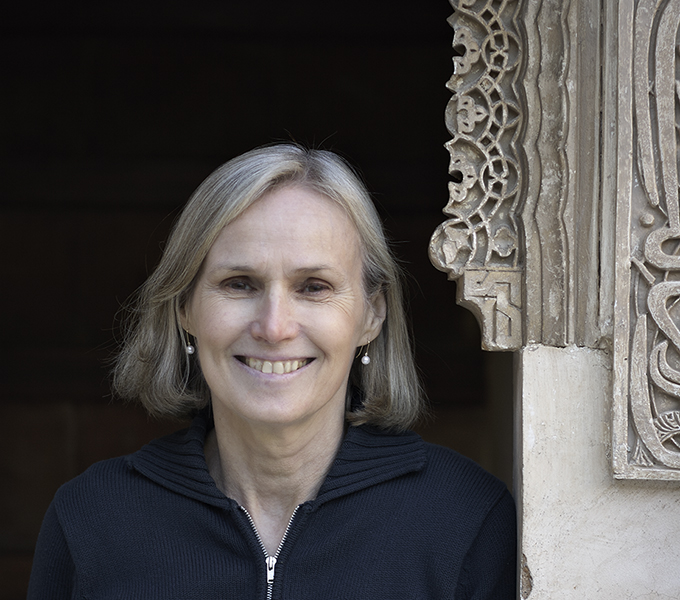
Lynn Gamwell
School of Visual Arts
New York, New York
Lynn Gamwell teaches the history of art, science, and mathematics at the School of Visual Arts in New York. She is author of Exploring the Invisible: Art, Science, and the Spiritual (Princeton, 2002), which was an “Editor’s Choice” of Scientific American, and selected by George Steiner as a "Book of the Year" for the Times Literary Supplement. Her most recent book is Mathematics + Art: A Cultural History (Princeton, 2017), with a foreword by Neil deGrasse Tyson. A Korean edition of Mathematics + Art will be released in 2019 and a Chinese edition in 2020. Her forthcoming publications include "Mathematics in the Art of Agnes Denes," in Agnes Denes: A Retrospective Exhibition, curated by Emily Enderby (The Shed, New York, 2019) and Science and Art: A Cultural History (Princeton, 2020). She directed the Gallery of Art and Science of the New York Academy of Science from 1994 to 2004. Her recent curated exhibitions include Infinity and Beyond: Contemporary Art about Mathematics (Heckscher Museum of Art, Long Island, New York, 2007) and Sacred Geometry and Secular Science (Loyola University Art Museum, 2012).
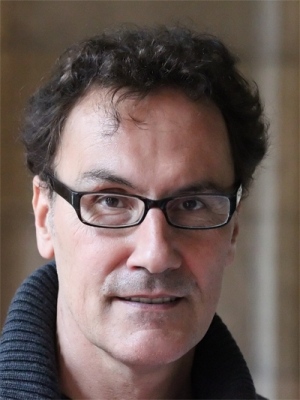
Georg Glaeser
Department of Geometry, University of Applied Arts Vienna
Vienna, Austria
Born 1955 in St. Johann/Pongau (Salzburg, Austria). Studies of mathematics and habilitation (computational geometry) at the Technical University of Vienna. Since 1998 full professor of mathematics and geometry at the University of Applied Arts Vienna. Author of numerous books on the topics of mathematics, geometry, computer graphics and photography. Specialized in a unique synthesis that bridges mathematics and biology through the prism of popular science.
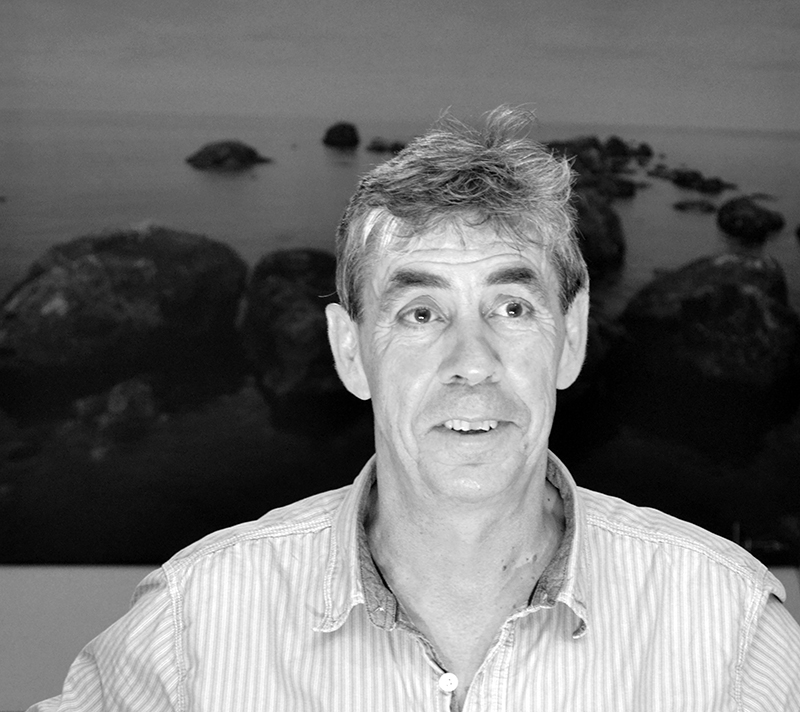
Allan McRobie
Cambridge University
Cambridge, UK
Allan McRobie is Professor of Structural Engineering at Cambridge University, UK. His specialist research areas include structural design, structural dynamics and structural stability. His book, The Seduction of Curves: The Lines of Beauty That Connect Mathematics, Art and the Nude, published by Princeton University Press in 2017, points out the surprisingly rich set of connections that exist between stability theory and life drawing. The links are made via the mathematics of catastrophe theory developed in the 1970’s by the French mathematician and Fields Medallist René Thom. Catastrophe theory provides a natural language for the description of curved shape, and yet it is not widely known. Given the prevalence of curved forms throughout science and art, the book shows how knowledge of this language can enrich the appreciation of existing artworks, from the Renaissance works of Michelangelo through to the modernism of David Hockney, Henry Moore and Anish Kapoor. There is particular focus on the works of Naum Gabo and the later works of Salvador Dali. It is also shown how the increased awareness and understanding of curved form can lead to new insights into the processes of perception and even of aesthetics, and can open new avenues for artistic exploration and creativity, as evidenced by Allan’s sculpture, The Swallowtail Pavilion in Jo Thompson’s gold-medal winning Wedgwood Garden at the 2018 Chelsea Flower Show.
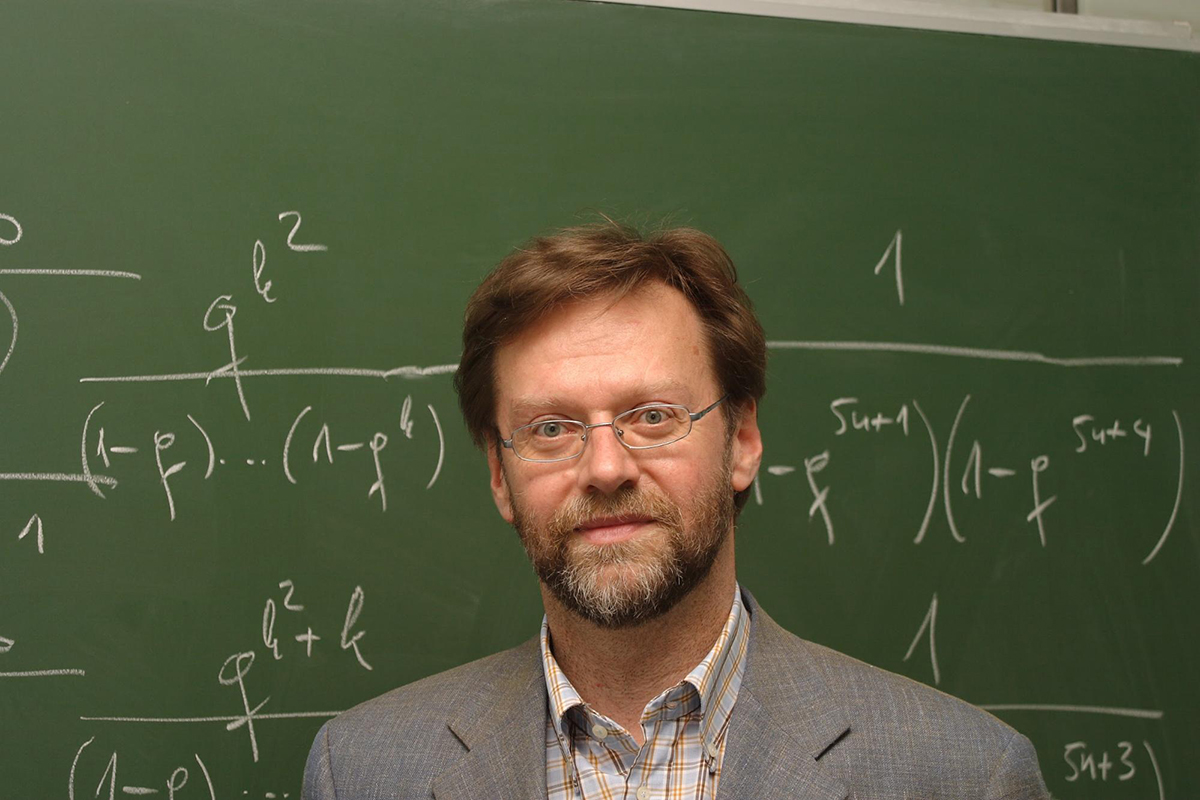
Peter Paule
Johannes Kepler University
Linz, Austria
Peter Paule is Professor of Mathematics at the Johannes Kepler University Linz, Austria. Since 2009 he is director of the Research Institute for Symbolic Computation (RISC) as successor to Bruno Buchberger, one of the pioneers in the field. Paule is an elected member of the Academia Europaea; in 2013 he was elected as a fellow of the American Mathematical Society (AMS). Paule's research interests concern computer algebra and its relations to enumerative combinatorics, number theory, and special functions. Paule is also interested in connecting mathematics to other "worlds", for example, philosophy and arts. To involve young people in questions of this kind, he organized workshops like "The Image of Mathematics and Mathematical Images" at the International Academy Traunkirchen. The Academy was founded in 2009 by quantum physicist Anton Zeilinger with the objectives to foster gifted young people in the fields of science and technology and to boost enthusiasm for research. (photo: Károly Erdei)
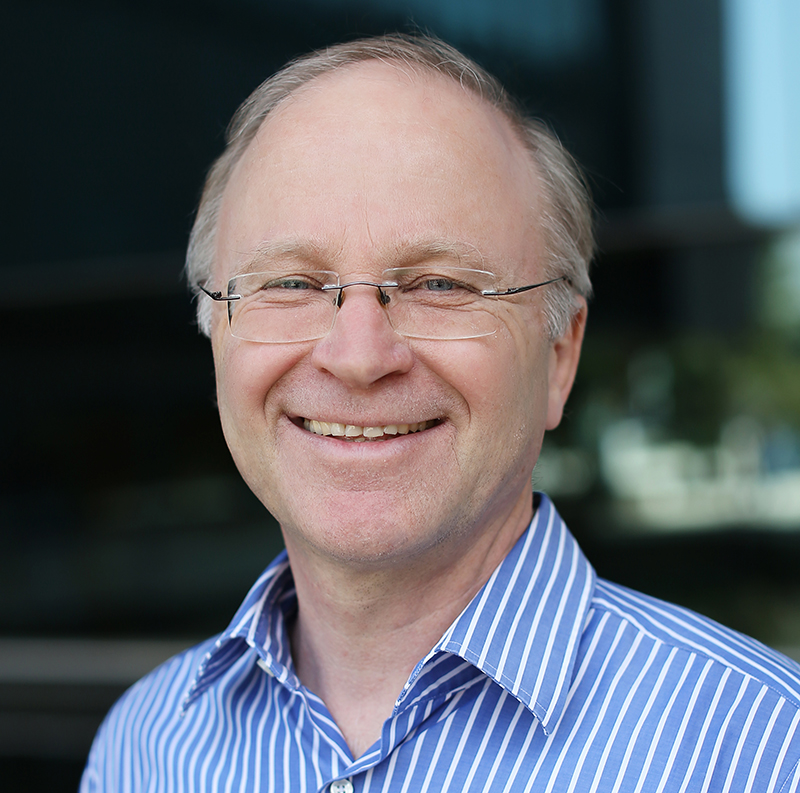
Helmut Pottmann
KAUST, Thuwal, Saudi Arabia
Technische Universität Wien, Vienna, Austria
Helmut Pottmann is a professor of Applied Mathematics and Computational Science at King Abdullah University of Science and Technology (KAUST) and professor of Applied Geometry at TU Vienna. He has been founding director of research centers on Visual Computing and Computational Design, respectively, at these Universities. His research interests are in Applied Geometry and Visual Computing. He loves geometry as a source of beauty and due to its role in many applications. He is intrigued by the high aesthetics of shapes which result as solutions of geometric problems and by seeing geometry materialized through novel fabrication techniques. This materialization becomes most prominent in architecture. It motivated his research in Architectural Geometry, which had an impact both on the geometric theory and on the realization of complex geometry in contemporary architecture.
Helmut Pottmann has co-authored two books and more than 200 refereed articles. He has co-founded the company Evolute which specializes in software development and consulting for realizing geometric complexity in architecture and has been involved in a number of prestigious architectural projects worldwide. In 2018, Helmut Pottmann received the Eurographics Outstanding Technical Contributions Award, the Pierre Bézier Award of the Solid Modeling Association and he has been elected a Fellow of the Society for Industrial and Applied Mathematics.
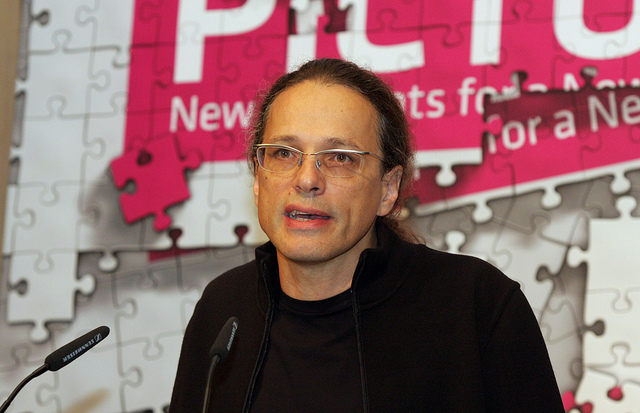
Gerfried Stocker (AT)
Director, Ars Electronica
Linz, Austria
Gerfried Stocker (AT) is a media artist and an electronic engineer. Since 1995 he has been a managing and an artistic director of Ars Electronica. 1995/1996 he developed the groundbreaking exhibition strategies of Ars Electronica Center with a small team of artists and technicians and was responsible for the set-up and establishment of Ars Electronica’s own R&D facility, Ars Electronica Futurelab. Since 2004 he has been in charge of developing Ars Electronica’s program of international exhibition tours. From 2005 on he planned the expansion of Ars Electronica Center and implemented the total substantive makeover of its exhibits. Stocker is a guest speaker at many international conferences and a Visiting Professor at Osaka University of Arts as well as guest lecturer at Deusto University Bilbao. He is also a consultant for many international companies on creativity and innovation management. (Photo credit: rubra)
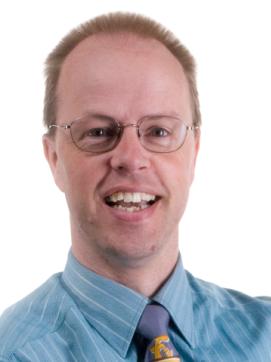
Oskar van Deventer
Leidschendam, the Netherlands
Oskar van Deventer is one of the most prolific designers of mechanical puzzles in the world since 1978. Many of his innovative puzzles are commercially available, including the Gear Cube by Mefferts, Chain by Hanayama, Antivirus by Smart Games, Oskar’s Cube by Bits & Pieces, Planets by Recent Toys, and Daily Puzzle by Thinkfun. For the last ten years, Oskar has been presenting his creations in a weekly video blog on YouTube, which also includes novel gearing mechanisms and other geometrical surprises.